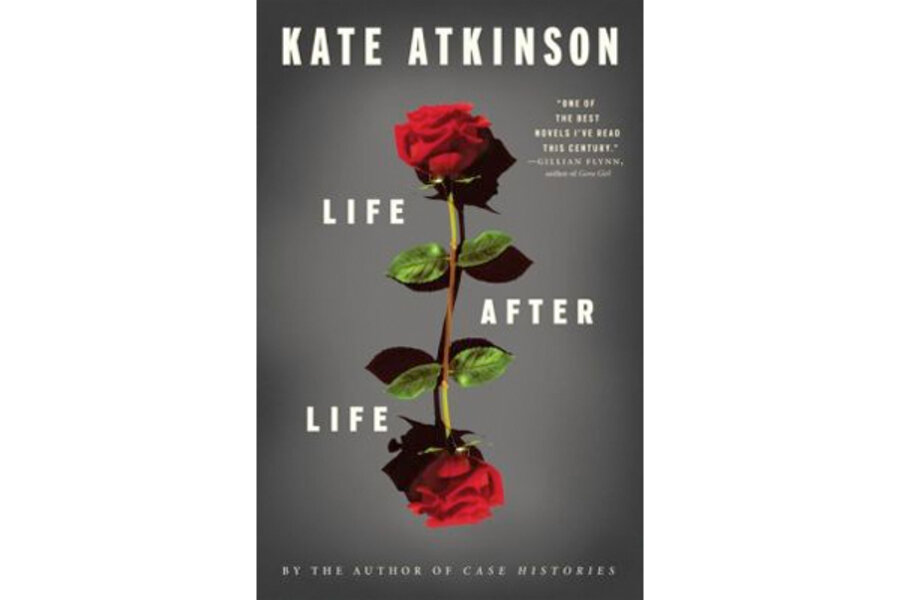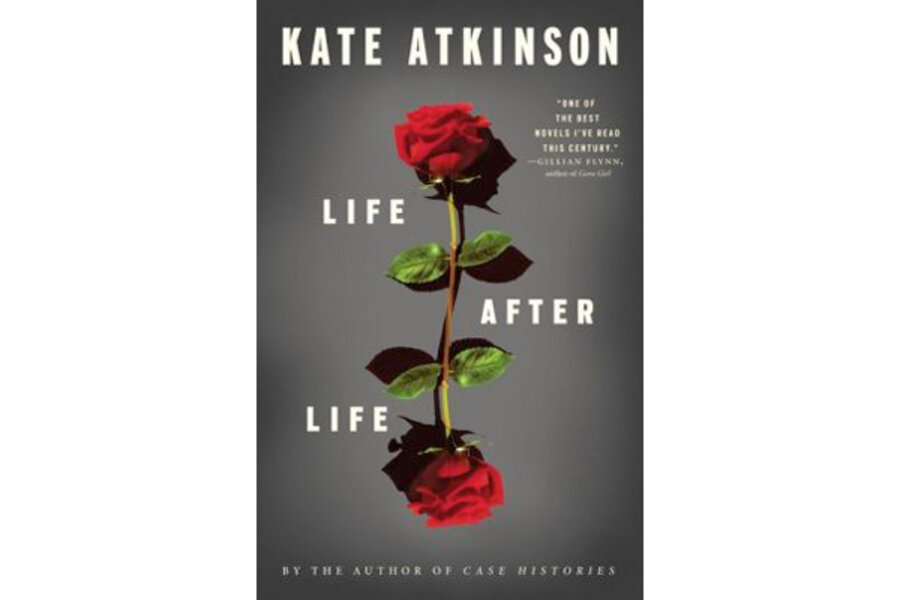It's the great what-if of 20th-century time travel, tackled by everyone from “Doctor Who” to “To Say Nothing of the Dog” author Connie Willis: What if you could go back in time and kill Hitler? (Although, why stop there? A quick field trip to Soviet Russia to remove Stalin from the equation would save millions of lives as well.)
In Life After Life, Whitbread Award-winning author Kate Atkinson – taking a break from her Jackson Brodie mysteries – has turned a high-concept conceit into an intricately crafted, totally engaging new novel. (Confusingly, Atkinson's is one of two novels with the same title out this spring. The other “Life After Life,” is set at hospice in North Carolina and is the first novel in 17 years by Jill McCorkle.)
During a snowstorm in 1910, a baby girl is born – and dies almost immediately. The next time, the doctor is available to save her – only to have her drown as a four-year-old on a seaside vacation. Fortunately, Ursula Todd has more lives than a Time Lord. Her apparent immortality is never explained, but as she gets older, she starts to rely on her sense of déjà vu to avoid perils – with the flu epidemic of 1918 proving especially tricky to avoid.
“Life After Life” uses a format similar to the “Choose Your Own Adventure” stories popular in the 1980s. If Ursula is even a few minutes late meeting a neighbor's daughter one afternoon, for instance, the little girl dies. Other paths lead out from similar choices: Taking a back stairway in her home one afternoon leads to a particularly bleak outcome, while a modern languages course in college hints at future possibilities.
“What if you had the chance to do it again and again, until you finally got it right? Would you do it?” her beloved younger brother, Teddy, asks.
Readers get to know different sides of her parents, Hugh and Sylvie, her aunt, Isabel and her siblings, as they react to the different choices Ursula makes. Teddy and Pamela, her older sister, remain wonderful. There simply is no hope for her stodgy older brother, Maurice.
The effort and sacrifice implicit in Teddy's question become apparent later in the novel, during episodes when Ursula volunteers as an air raid warden, loses members of her family or dies repeatedly in the Blitz.
“You can step into the same river but the water will always be new,” Ursula translates Heraclitus for a friend, and Atkinson uses that truism to great effect in her heroine's life.
It's impossible not to make comparisons with “Groundhog Day,” the much-loved (in our house, anyway) 1993 comedy in which Bill Murray is trapped in Punxsutawney, Penn., until he manages to get one day exactly right. (“I've been shot, strangled, electrocuted.” “I wasn't just killed yesterday.”)
But Ursula has higher stakes than winning over Andie MacDowell, as a prologue makes clear. “Life After Life” operates more like a video game, with Ursula's life resetting – seemingly endlessly – to that snowstorm in February 1910.
The title is the most generic thing about “Life After Life.” Atkinson combines the cleverness of metafiction with the warmth and detail of period fiction for an end result that is satisfyingly original.








